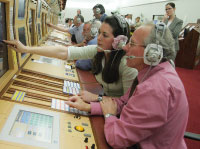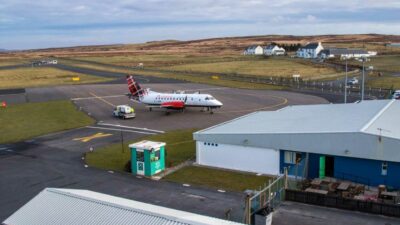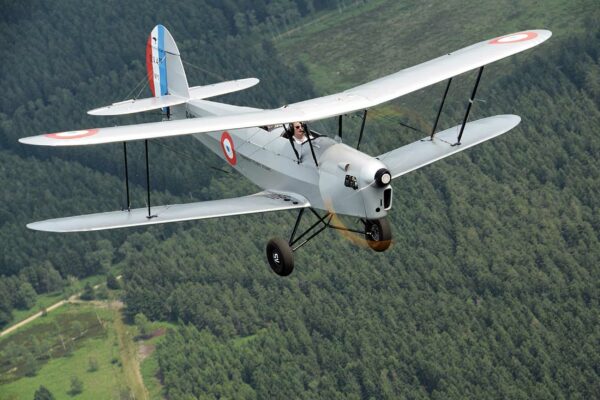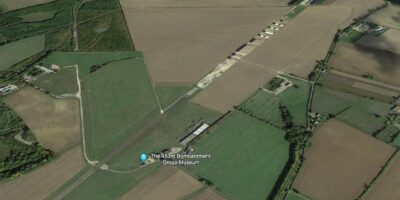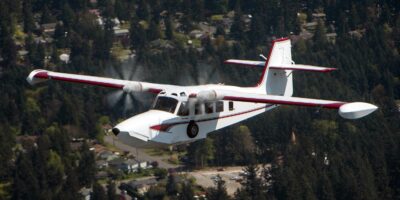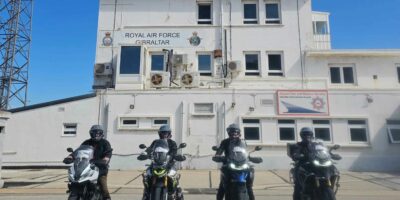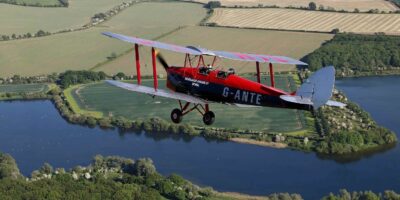The CAA and NATS say that “many pilots flying outside controlled airspace could enhance their safety by making better use of current transponder equipment fitted to their aircraft”.
This claim comes after the revelation that a new procedure being undertaken by NATS, in which pilots talking to London Information are giving a transponder code, has prevented 11 potential airspace infringements and helped the speedy resolution of seven actual infringements.
Meanwhile, a survey in the Glasgow area earlier this year showed that over 40 percent of aircraft receiving a service from the Glasgow NATS unit were not displaying Mode C transponder information. In the trial 381 squawks were allotted; of these 270 automatically displayed Mode C, another 47 showed Mode C when the pilot was requested to do so by ATC and the remaining 64 said that they were unable to comply.
Phil Roberts, Chair of the CAA’s Airspace Infringements Working Group, said: “The London Information procedure clearly shows the safety benefit in selecting Mode C on a transponder if it is available. Unfortunately the data from Glasgow shows that many pilots are simply not doing so.
“There is no justifiable reason for not selecting Mode C when it is available. A commercial aircraft’s collision avoidance system will provide a significantly enhanced separation if it receives Mode C data and the extra information available on a controller’s radar screen may allow them to prevent a serious incident. Fears that the CAA will use Mode C data to prosecute any infringing pilot are simply misplaced and the statistical data shows this clearly.”


